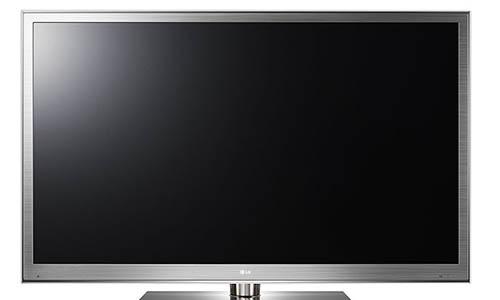Television is a household word in every corner of the world. It is the top ranking entertainer for most people in most parts of the world. But entertainment is not the only purpose served by TV. It has the most powerful influence on public opinion. When it first appeared TV was called ‘radio with a picture’. Very shortly it was proved that TV was much, much more. It was, and still is a phenomenon in itself.
In the early years TV was greeted with a mixture of astonishment and glamour. Most people did not own TV sets but gathered on the sidewalks in front of stores that displayed working TV sets. A sports event of 30 to 40 thousand spectators, suddenly gained a viewership of millions with the introduction of TV cameras. By the end of its first decade the impact of TV on American culture was greater than that of parents, schools, churches and the government. 79% of the world’s households owned TV sets by 2013.
FACT 1: TV first appeared on the American horizon in 1930. By 1947 there were a few thousand homes in America with TV sets. By the 1990’s 98% of American homes had at least 1 TV set and these sets were on for seven to eight hours a day. An average American was spending two and a half to five hours a day watching television.
FACT 2: Vladimir Kosma Zworykin is sometimes called the ‘Father of Modern Television’. His 2 patents filed in 1923 formed the basis of what became television. However ideas for the making of a talking picture were being discussed in Europe and America in the late 19th century, at the same time that Bell and Edison were becoming famous.
FACT 3: In 1939, RCA, the company that dominated the radio business in USA, televised the opening of the World’s Fair in New York and soon after bought patents and began selling household TV sets.
FACT 4: TV was an instant success. At first the quality of content did not affect viewership. The talent pool of individuals who created the TV shows were mainly those who were not successful in the motion pictures or fresh talent that had not achieved its potential. This soon changed. The categories of comedy and drama rapidly achieved excellence. Radio stars like Jack Benny, Bob Hope and George Burns overcame their initial reluctance and started to appear on TV.
FACT 5: The first president of the United States to appear on TV was Franklin D. Roosevelt in 1939 and the 1st televised Presidential Speech was delivered from the White House by Harry S Truman on Oct. 5, 1947.
FACT 6: The first remote control for TV was manufactured by Zenith in 1957.
FACT 7: The earliest recorded proposal for colour TV was a 1904 German patent. The first colour TV broadcast was on Jan 1, 1954 by NBC, and the first colour TV sets went on sale in March 1954. By 1972, colour TV sales had exceeded the sales of black and white sets.
FACT 8: In 1948 an appliance store owner in Mahanoy City found that he could not sell his TV sets. The city was 90 air miles from Philadelphia and surrounded by hills. Transmission quality was poor. He set up an antenna on top of a hill and attached twin lead antenna wire to transport the signal to his store and on to the homes of his customers. Thus cable TV was born.
FACT 9: Satellite communications began during the Arms Race. Satellite started to be used to transmit TV signals in March 1978, as land based transmission methods became overloaded.
FACT 10: The Golden Age of TV seems to have peaked and the decline may have started to set in. It has been documented that TV viewership among age groups 12 to 17 and 18 to 24 is on the decline. Viewership of Internet video among these age groups had increased and video on the smart phone is making its mark.











Leave a Reply